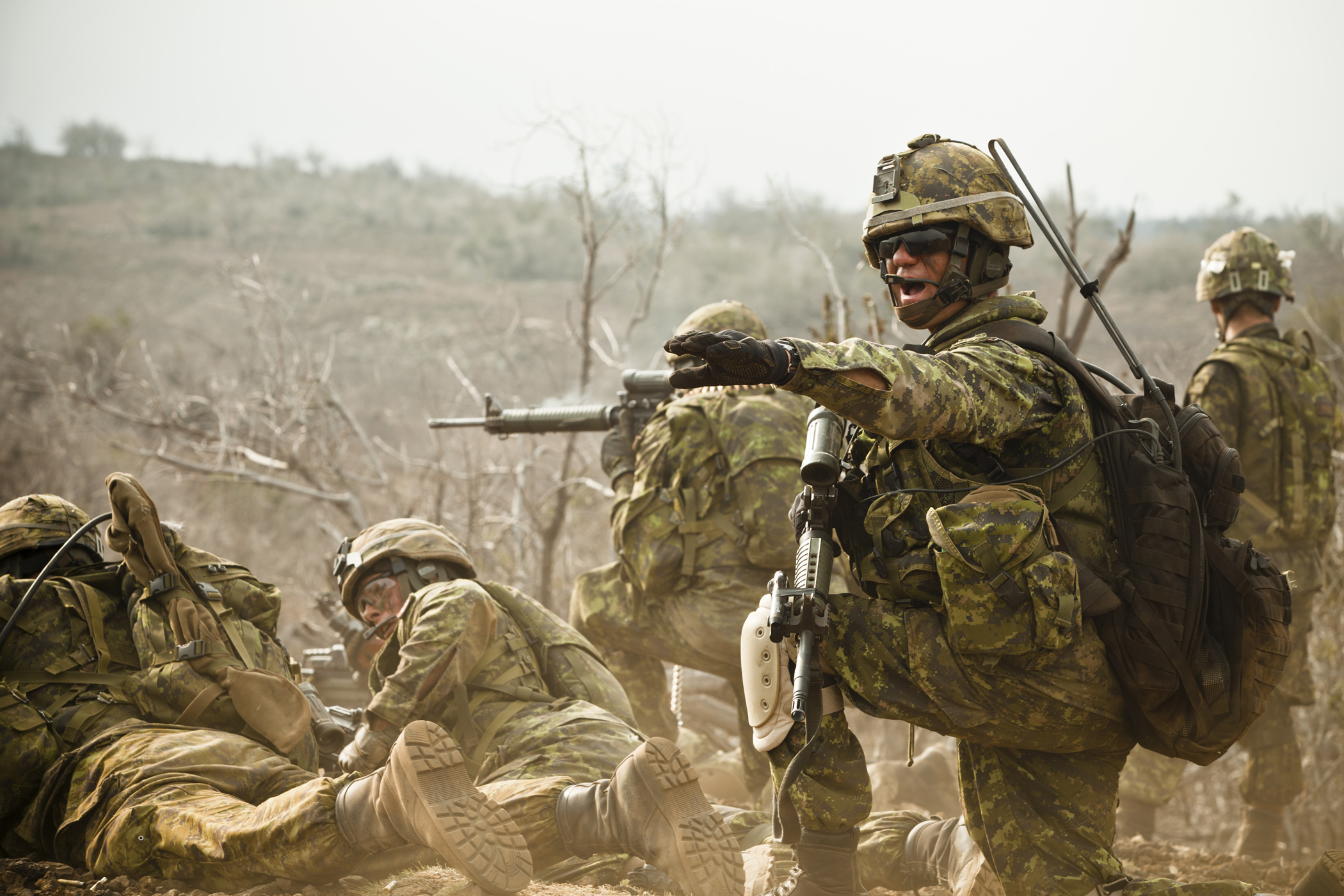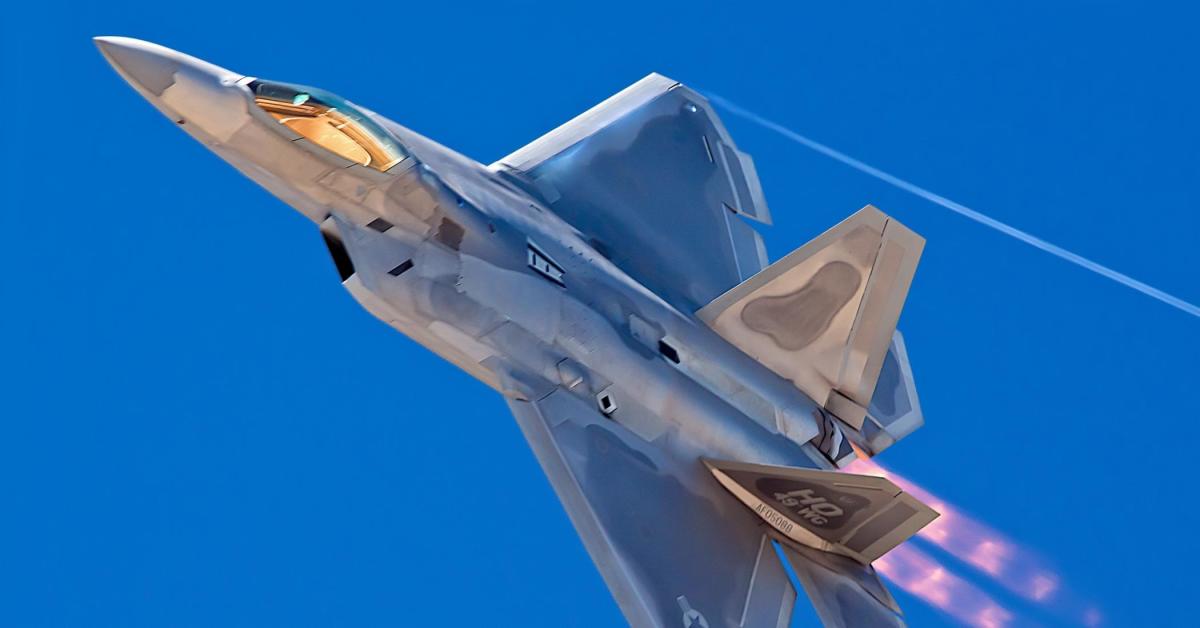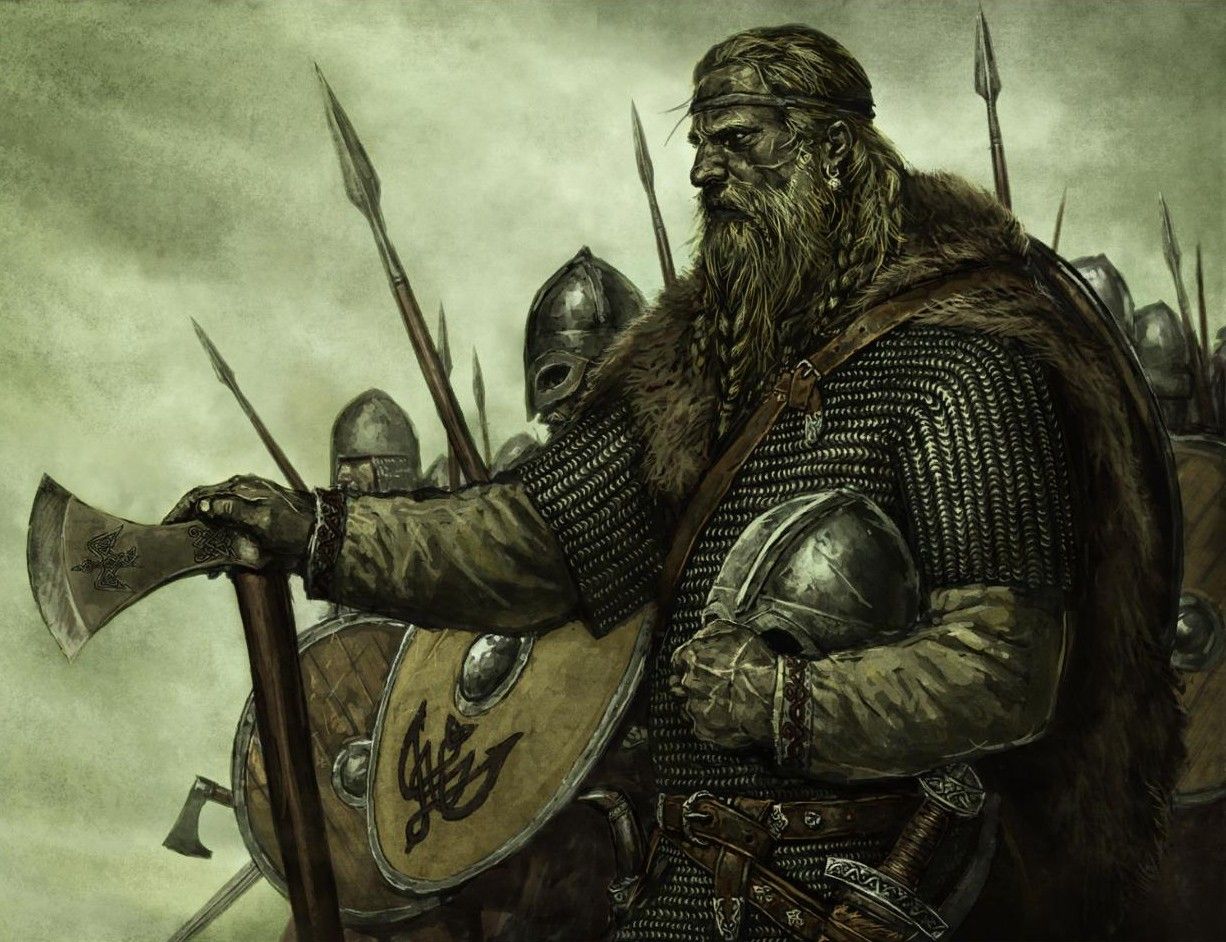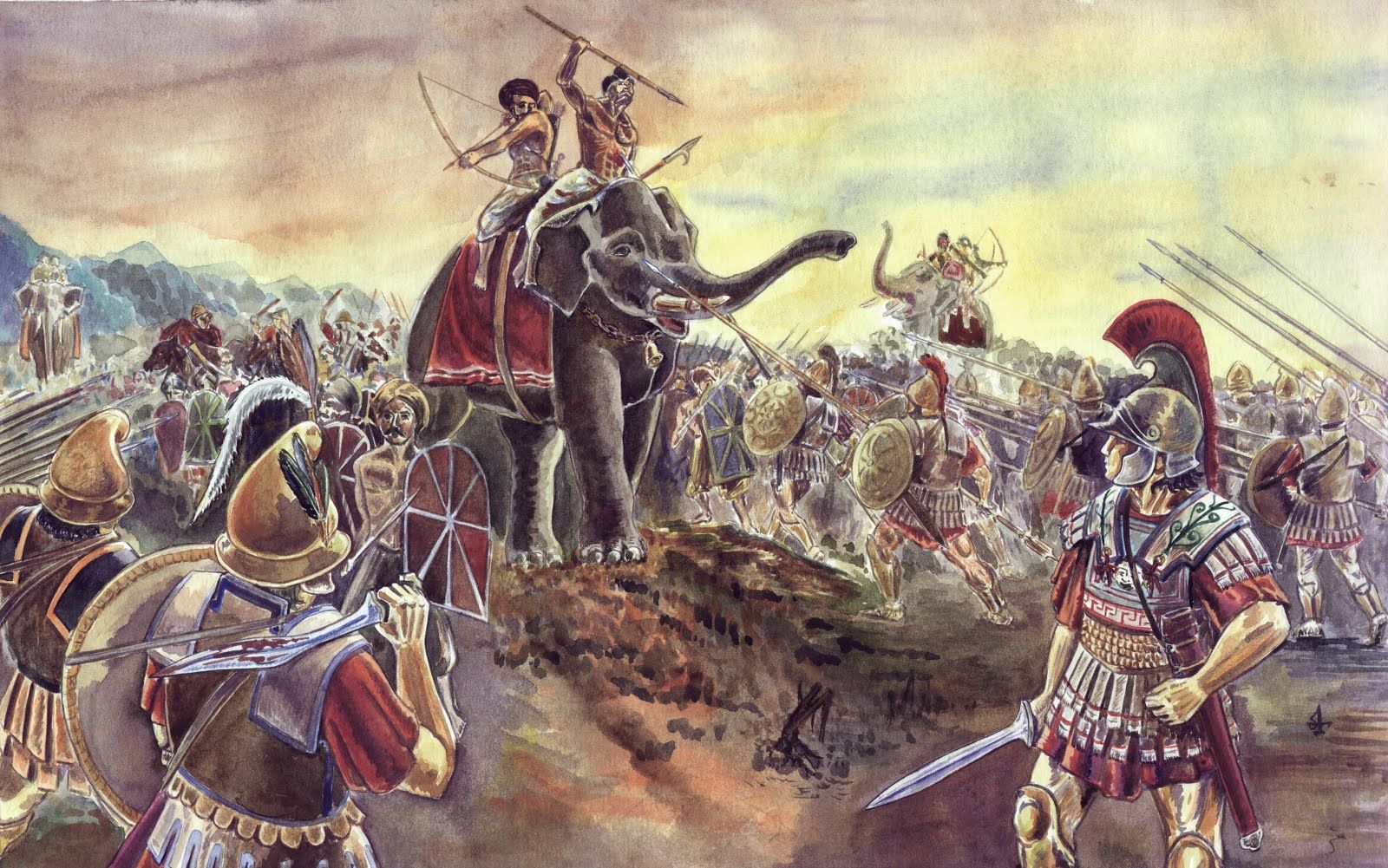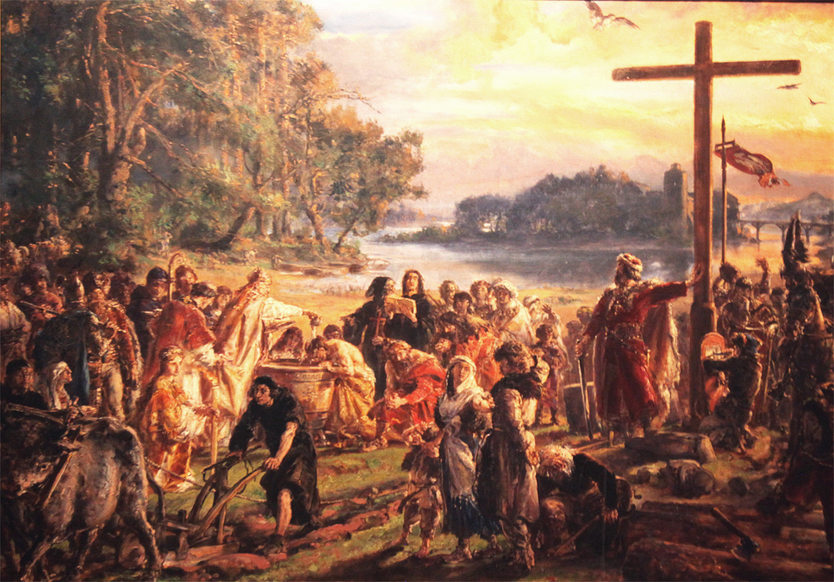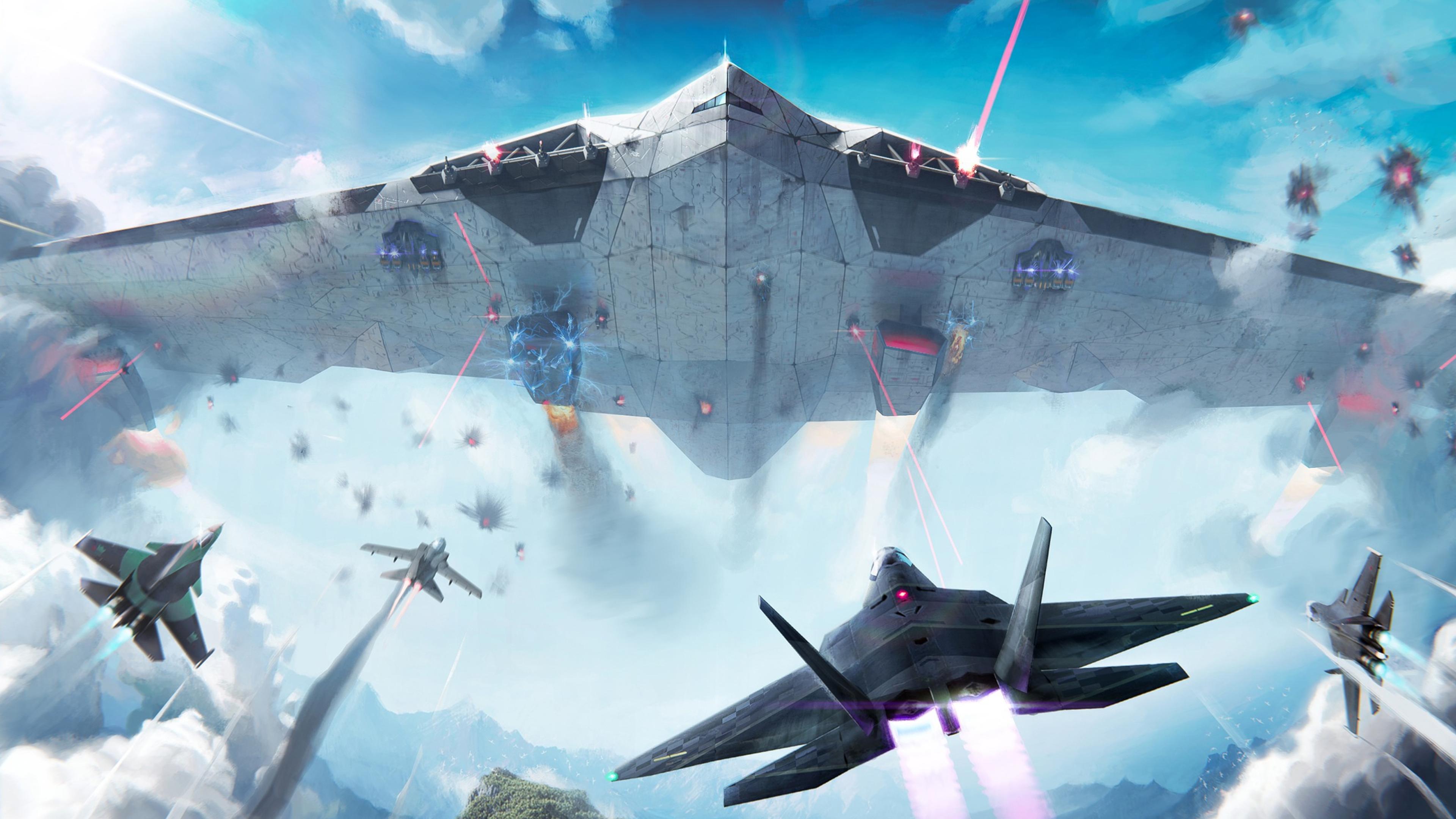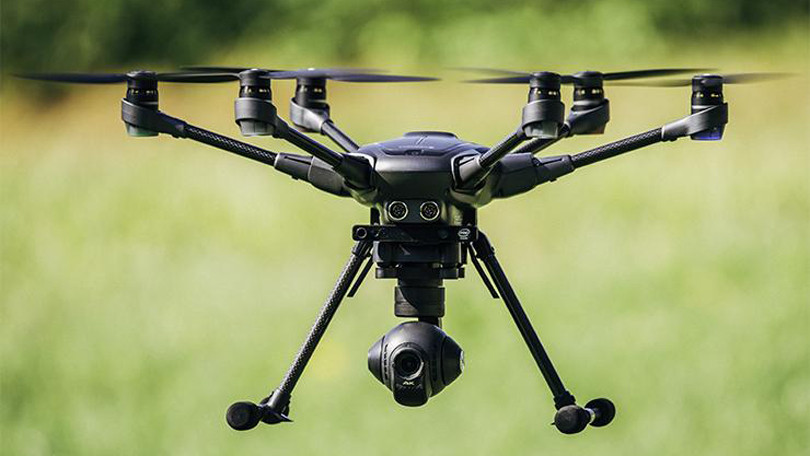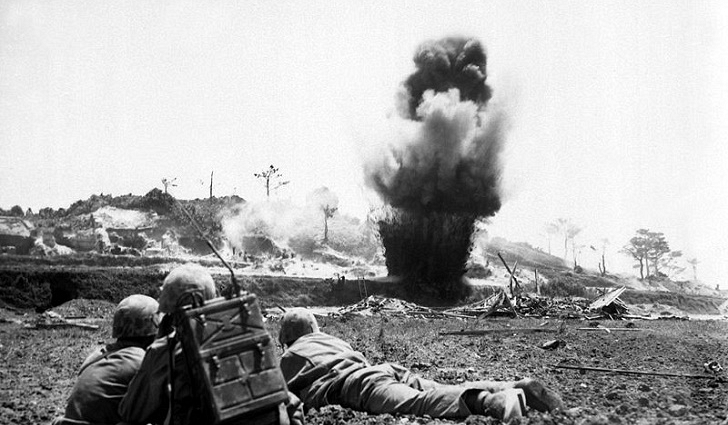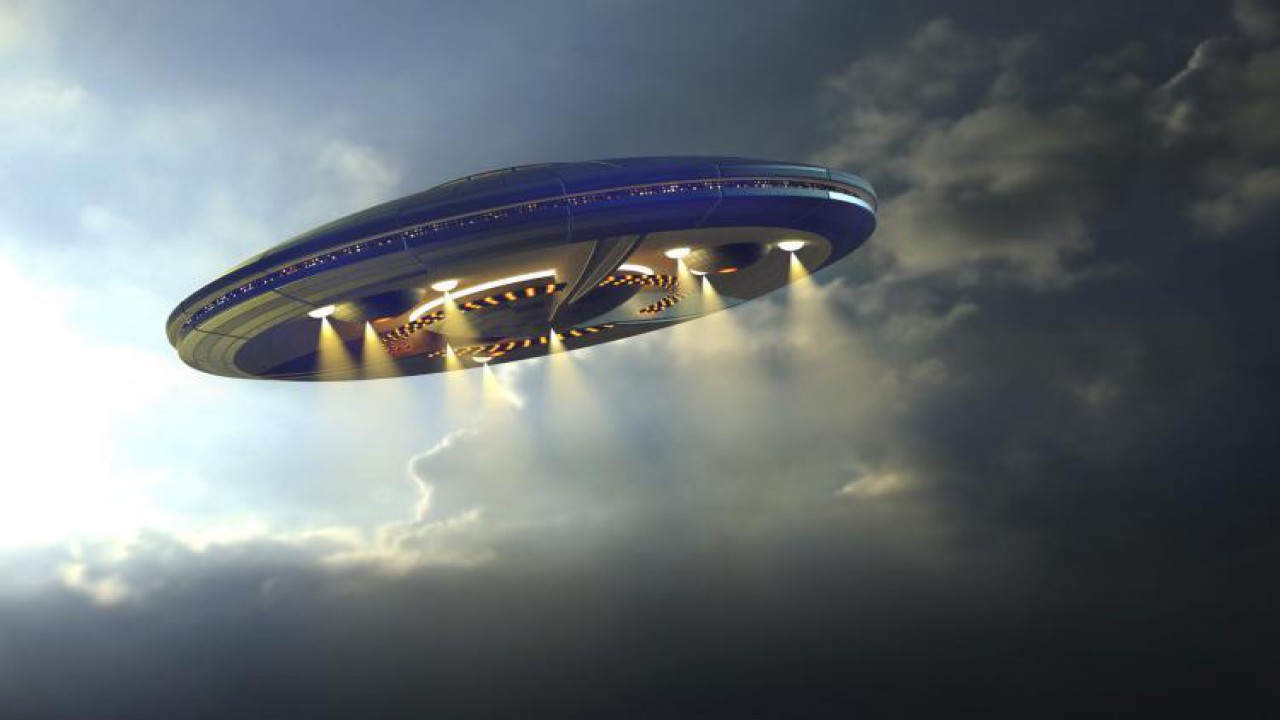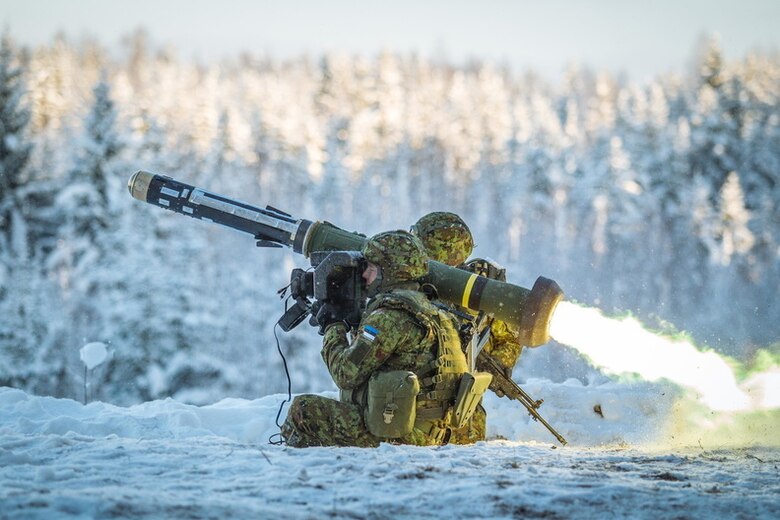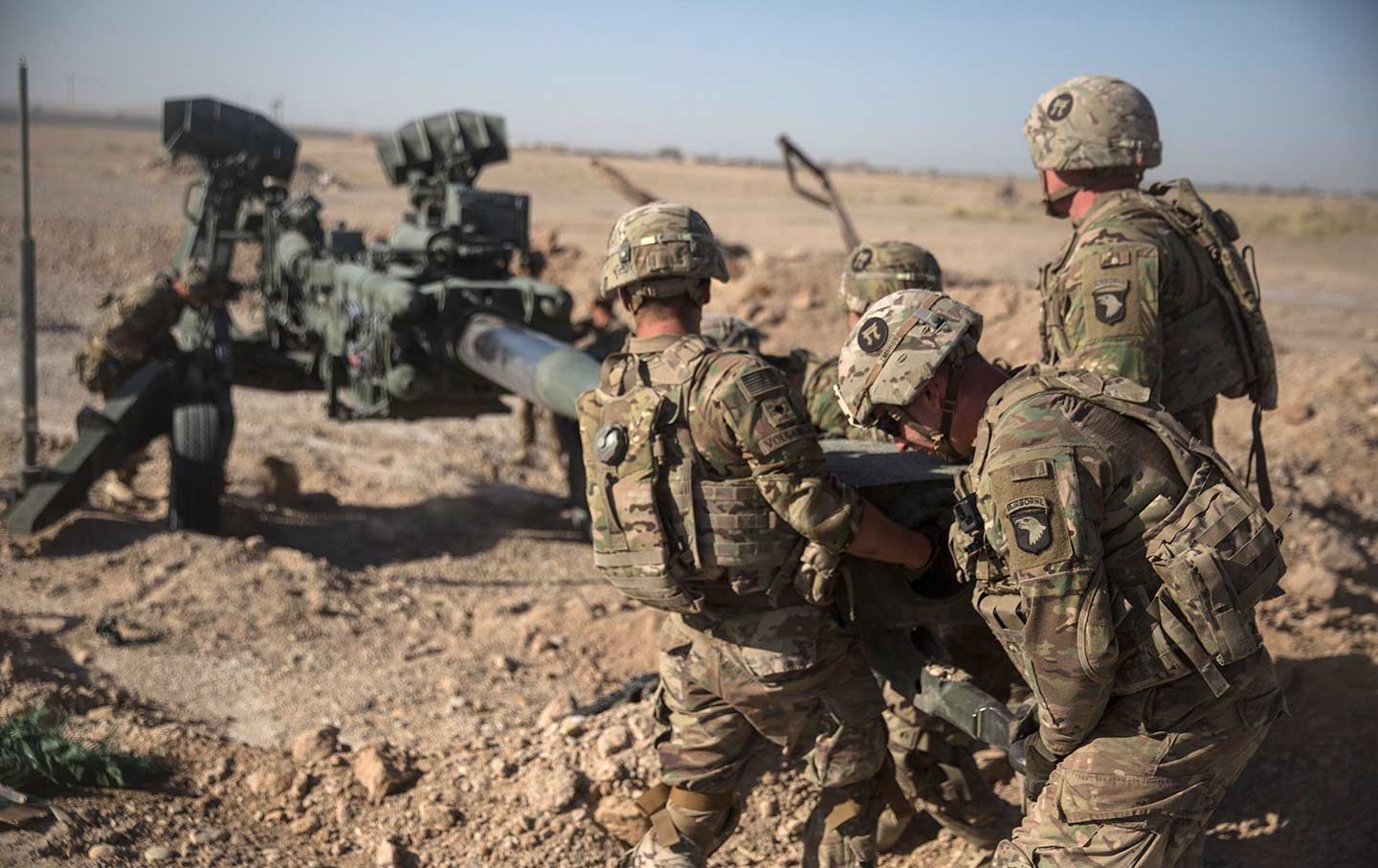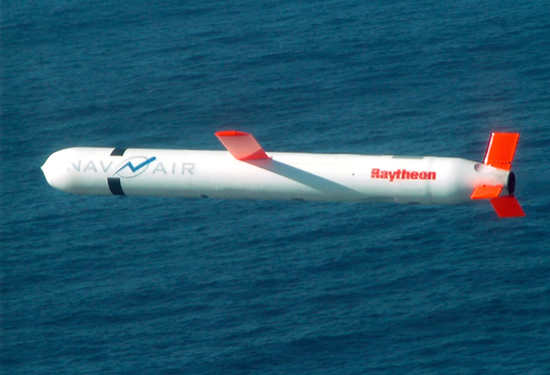In commercial aviation, speed is one of the most crucial factors. A lot of the profit airlines make depends on their ability to transfer passengers quickly. Especially low-cost airlines, which rely on making multiple flights per day to profit off their cheap ticket prices. Meanwhile, fighter jets have their differences in avionics, weaponry systems and the distance they can travel, speed is also very important to military jets. If you can’t catch up to your enemy or the enemy can catch up to you easily, then you’re at a very bad disadvantage and the consequences can be sad. And sad is the word to put it lightly! However, a question stands: which fighter jet is the fastest in 2019? To answer the question that is on everybody’s mind, here is the list of the fastest jet fighters in 2019. Keep in mind that this list includes only piloted aircraft and which are still in operational service!
10. Chengdu J-10
The Chinese multirole combat aircraft is the first aircraft is on this fastest fighter jet list. NATO designated a name to it – Firebird. Produced and designed by the Chengdu Aircraft Corporation, the fastest fighter jet from China is primarily used by the People‘s Liberation Army Air Force. The PAAF introduced the J-10 into service in 2003, after its first test flights 5 years ago, in 1998. Firstly, CAC designed the J-10 to be a specialized fighter. After initial tests and a design change, the J-10 became a multirole aircraft. With about 350 fighters built, the J-10 is one of the most popular jet fighters in China. It is also the fastest jet fighter in the country. Top Speed: 2,336 km/h Chengdu J-10
Chengdu J-10
9. Dassault Mirage 2000
Designed and manufactured by Dassault in France, the Mirage 2000 is a multirole fighter jet. Also, its the fastest fighter jet built in France. Built in the mid-70s, the Mirage 2000 is the most popular French jet fighter, with 601 fighters built. When Germany, Italy and United Kingdom designed their Panavia Tornado, France was also supposed to be participating in the conglomerate. However, the French government determined it would cost too much money and thus withdrew from the project. That is why Dassault started designing its own fighter jet. The Air Force of France set out official requirements for a new fighter, and the Mirage 2000 fit the requirements like a glove. The Mirage was called the Delta 2000 at the time. The AdA (the French Air Force) committed to 200 orders when the new fighter jet was announced. After completing its first test flight in 1978, Dassault derived the first Mirage 2000s to the French Air Force in 1984. Currently, the fighter jet is still in service for multiple countries around the world, including France. Top Speed: 2,336 km/h Dassault Mirage 2000
Dassault Mirage 2000
8. Lockheed Martin F-22 Raptor
The F-22 Raptor was the first fifth-generation jet fighter in the world. Lockheed Martin developed the F-22 for the United States Air Force, with the latter using it as an air superiority fighter. Lockheed started designing the F-22 in 1986 when the United States Air Force issued a request to Lockheed and McDonnell Douglas. General Dynamics helped out Lockheed, while Northrop helped out McDonnell Douglas. The Air Force laid out the requirements for the new fighter jet. It would need to have composite materials, advanced flight control systems, powerful propulsion systems and obviously, stealth capability. In 1991, Lockheed’s early prototype of the F-22, called the YF-22 won the competition between them and Douglas’ YF-23. It entered service in 2005 with the United States Air Force. After Lockheed built 195 models, the United States government canceled the program in 2011. Rising costs, lack of enemies and the incoming multirole F-35 were cited as the reasons why the United States government is going to cancel the production of the F-22. In total, Lockheed built 187 production models and 8 test aircraft. One of the governing bodies of the United States army proposed to resume the production of the F-22 in 2016. After a year, the Air Force told the Congress they had no plans to revive the F-22 program as the costs were going to be too high. Top Speed: 2,410 km/h F-22 Raptor
F-22 Raptor
7. Sukhoi Su-57
Just like the F-22, the Su-57 is an air superiority fighter. Sukhoi designed and built the fifth-generation jet fighter. The Sukhoi design bureau tested the jet in 2010 and it will start service in the Russian Air Force this year. In 2002, Sukhoi won a competition to design the newest russian fighter. Thus, the designing and engineering process began. To reduce costs and the risk of failure, Sukhoi used elements of older fighter jets, such as the Su-27. A lot of companies are associated with building various avionics systems, wings and engines. The Novosibirsk Aircraft Production Association is producing the aircraft in the Siberian city of Komsomol'sk-on-Amur. In 2009, the russian government approved the design of the aircraft. Subsequently, testing began next year. The Russian Air Force planned to receive the fighters in 2018, but delays occurred to implement new engines. That is why further testing had to be done by the design bureau. In early 2018, the russians were spotted testing Su-57s combat abilities in Syria. Later in the year, russian defense ministry released a video about the Su-57 action in Syria. Top Speed: 2,440 km/h Sukhoi Su-57
Sukhoi Su-57
6. Eurofighter Typhoon
The twin-engine multirole fighter is designed by a united German, Italian, Spanish and British conglomerate. Initially, France also took a part of the design process, but later left over disputes about the operational requirements and design roles. British Aerospace EAP, a predecessor to Europe's fastest fighter jet, the Typhoon, took flight in 1986. The EAP was a demonstrator aircraft just to showcase the future capabilities of the Typhoon. 8 years later, in 1994 the Typhoon made its first test flights above the skies of Germany. Chief test pilot, Peter Weger, was the first person to fly the Typhoon. However, a rocky beginning set out the tone for the rest of the development program. Political uncertainties after the fall of the Berlin Wall and the collapse of the Soviet Union caused delays to the Typhoon. The countries, which were associated with the development, began to question whether there even was a need for the Typhoon because of the shifting political skies above Europe. Nevertheless, Eurofighter Jagdflugzeug GmbH introduced the Typhoon into service in 2003. Pilots, when asked about the Typhoon, always respond that first and foremost, it is very agile and easily controllable. It thrives in dogfight situations. The Eurofighter Typhoon first saw action in 2011, during the military intervention in Libya. The RAF and the Italian Air Force performed reconnaissance and ground-strike assignments. Top Speed: 2495 km/h Eurofighter Typhoon
Eurofighter Typhoon
5. Sukhoi Su-27
Built in the late 70s by the Sukhoi design bureau, the Su-27 quickly became the crowd favorite. Well, rather the favorite among the Russian Air Force. In total, Sukhoi built 809 Su-27 fighter jets. As the United States was conducting their F-X program, in 1969 the Soviet Union became aware of it. They quickly realized that their current fighters would be rendered obsolete with the eventual release of the F-15 because their fighters were becoming old. The Soviet General Staff issued the requirements for a new jet. Because of the challenging requirements, the Soviets split the requirements into two. Firstly, one was going to be a lightweight fighter. Secondly, the other was going to be the opposite – a heavy fighter. The lightweight fighter came to be as the MiG-29, while Sukhoi took up to the challenge of building the heavy jet. This led to the production of the Su-27. Called the T-10 inside Sukhoi and Flanker-A by NATO, the fighter jet first flew in 1977. Plagued by problems and design changes, Sukhoi delivered the first Su-27s to the Soviet Air Force only 8 years later, in 1985. As of now, a handful of countries operate the fighter jet. In fact, even the United States has 4 of them to train their pilots. Top Speed: 2496 km/h Su-27
Su-27
4. McDonnell Douglas F-15
The McDonnell Douglas F-15 is an air superiority fighter, designed to gain or maintain an advantage in the air while in a combat situation. In 1965, the Department of Defense Research and Engineering began the studies in the previously mentioned F-X program. As it was the time of the Vietnam War, both the United States Air Force and the United States Navy were arguing what type of aircraft was needed. At the time, the current defense secretary asked both of the army branches to use the same aircraft to reduce overall costs. After a few months of studies, the United States realized that they needed a light and maneuverable aircraft since the Soviet fighter jets at the time were much better suited for air superiority missions. In late 1969, the United States Air Force chose McDonnell Douglas to build one of the fastest fighter jet at the time. Douglas tested the F-15 for the first time in 1972. However, the F-15 came out too late to see action in Vietnam – the war ended in 1975. The United States Air Force took delivery of their F-15s a year later, in 1976. Currently, the fighter jet is still being produced. A total of over 1,200 F-15s have been built by McDonnell Douglas and later, Boeing. Top Speed: 2,665 km/h F-15
F-15
3. MiG-31
The third Russian fighter jet on the fastest fighter jet list, the Mikoyan design bureau built the MiG-31. It’s an interceptor and an attack aircraft, built to replace the aging MiG-25. NATO named it “Foxhound”. However, the MiG-31 shares a lot of design features with the jet it is supposed to be replacing, the MiG-25. Although Mikoyan ended MiG-31’s production in 1994, it is still being used by the Russian and Kazakh Air Forces. The Russian Defense Ministry is planning to use the MiG-31 until 2030. The MiG-25 had clear advantages over its enemies on the other side of the Iron Curtain. However, to gain these advantages it also had to sacrifice a lot. That is why the Soviet Air Force realized that they needed a jet that had better maneuverability. The MiG-31 was supposed to do everything that the MiG-25 did and much more. Soviets performed test flights in 1975. Mikoyan began producing the MiG-31s in 1979 and two years later, the Soviet Air Defence Force introduced them into service. It was a revolutionary aircraft, as it was the first fighter jet in the world that used a phased array radar system. MiG-31 is also one of the few fighter jets capable of independently firing long-range air-to-air missiles. Top Speed: 2,993 km/h MiG-31
MiG-31
2. F-15 Strike Eagle
Yep, another F-15. You read that right. The Strike Eagle is different from its younger brother. Firstly, it differs in its main role – it’s a multirole fighter, unlike the F-15 that was an air superiority fighter. Secondly, it had much better specifications. That is why its on the fastest fighter jets list! However, the Strike Eagle was never meant to replace the regular F-15. Rather, the United States Air Force needed a replacement for the F-111. McDonnell Douglas had an advantage over other manufacturers. It already began developing an improved version of the F-15. The Strike Eagle required adding air-to-ground capabilities, as the regular F-15 had none. When the USAF announced a program to replace the F-111s, McDonnell Douglas came out with the F-15E. General Dynamics submitted their F-16XL design. For 2 years, from 1981 to 1983, the 2 fighter jets went head-to-head to win the contract. In 1984, the United States Air Force announced that the F-15E had won the competition. While the F-16XL had radical and revolutionary ideas, the F-15E development costs were almost half the price. A year later, McDonnell Douglas began producing the first Strike Eagles. Another year later, in 1986, Gary Jennings tested the new F-15E. After some tweaks and changes, United States Air Force received the first fighter jets in 1988. Produced until this day, McDonnell Douglas and currently Boeing have produced over 420 of one of the fastest fighter jet in the world. Top Speed: 3,017 km/h F-15 Strike Eagle
F-15 Strike Eagle
1. Fastest fighter jet – MiG-25
And here it is – the fastest fighter jet that is still in service! Well, to be fair, limited service. But still service! The MiG-25 is probably also one of the most unique fighters here. Mikoyan built it purely as an interceptor and a reconnaissance aircraft, while also using stainless steel. Named the Foxbat by NATO forces, it was the last aircraft designed by the now retiring Mikhail Gurevich. The main mission of the MiG-25 was to defend the Soviet air space. That is why the Soviets assigned it to the Soviet Air Defence Force. Its main purpose was to intercept any potential NATO aircraft coming in or spying above the Soviet air space. The western powers were initially impressed by the design features of the MiG-25, as they could spot the current fastest fighter jet in aerial photographs. However, when a Soviet pilot, Viktor Belenko, defected to the United States in his MiG-25, the Americans understood that the MiG-25 had several flaws in its design. First of all, it wasn’t maneuverable as first thought. It was very heavy, thus it had to carry large wings. The United States Air Force thought the large wings meant that the aircraft was very nimble in the air. Yet that was not the case. Anyhow, the Soviets tested the MiG-25 in 1964. After initial testing, the fighter jet entered service in 1970. After 20 years of production, from 1964 to 1984, Mikoyan-Gurevich ended the production. A total number of 1,186 fighter jets were built. MiG-25 in the air. The Fastest Fighter Jet Top Speed: 3,089 km/h
MiG-25 in the air. The Fastest Fighter Jet Top Speed: 3,089 km/h


